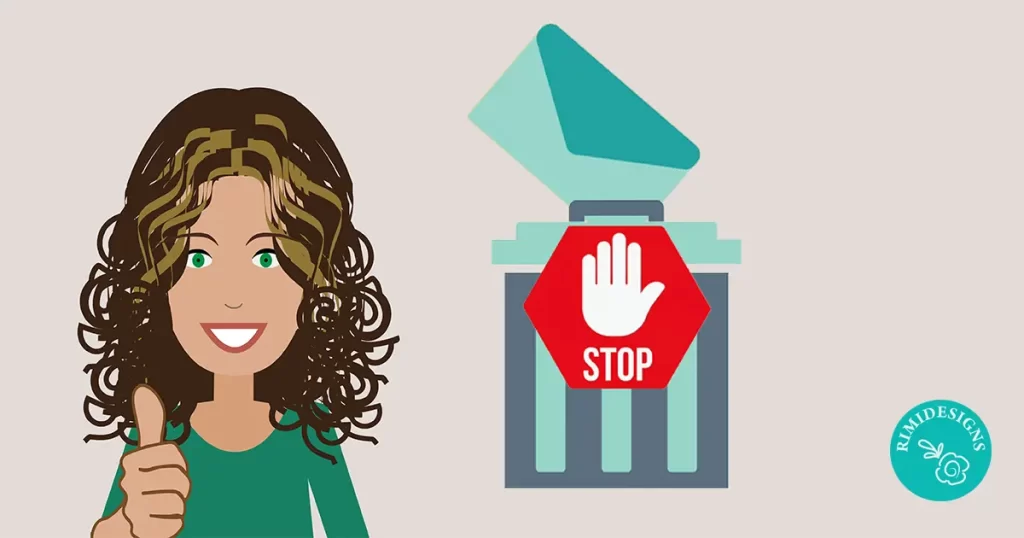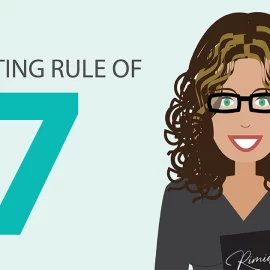
11 Ways to Stop Prospects From Deleting Your Email
Everyone’s inbox is overflowing. Don’t fill up the world with one more boring, overselling email. When you send an unsolicited email to a prospective client you want to make a real, human connection with them and make it easy for them to respond to you. Your business depends on these people emailing you back.
So how do you get people to open your email and communicate something you want, while still being genuine?
1. Respect your reader’s intelligence
If you start condescendingly telling your reader what their business is lacking, what they’re not seeing, or conversely, telling them “you need this!” or “you need me!” with overauthority, you’re going to come off as a know-it-all. People can sniff an overbearing “expert” miles away.
The trick is to show simple insight into their business. Assume that they already see and know everything about their business and already have plans for improvements.
Assume that they don’t like being told what to do. Some people will tell you that you should email prospects trying to solve a problem they didn’t know they had. I appreciate much more when someone provides me with a simple solution to an obvious problem I know I have or a product I just launched that I’m nervous about.
2. No template emails
How many times have you gotten a template email that begin, “Hey Frank,” but are clearly not just for you?
A template email is the quickest way to turn off your prospect and give them permission to ignore your email. If a human didn’t send it, why should a human respond? At best, you’ll be conveying your true enthusiasm about their business. No template can capture your honest desire to be an asset to your prospective client.
3. Respect your reader’s time
The purpose of your initial unsolicited email is to make an introduction and ask for a simple reply, not to explain all of what you do, map out exactly what you can do for them, or include your full two paragraph bio.
The most successful unsolicited emails are 5 sentences or less. This is even more important in an age when almost half of emails are read on mobile. What looks fine on your computer screen, looks like an essay on their smartphone.
4. No one wants to explore possibilities
Include a clear call-to-action. It’s amazing how many emails you get that don’t include exactly what they want you to do. They’ve gone to the trouble of explaining themselves. Now you have to work hard to write a reply in which you carefully tread around their unstated expectations. Do they want to design something for your business? Did they just want to have coffee? Are they just wasting my time?
So, tell your prospect exactly what you want them to do. Not authoritatively, but just make it clear. This is not the time to dance around and be shy. For example, “I’d love to write a blog post for your site. Do any of these ideas interest you?” or “I’d love to have a quick phone chat about what you’re looking for. Maybe I could give you a call early next week?”
Make it as little work as possible for your prospect to respond. Convey that you’re the type of person who doesn’t beat around the bush and waste their time “exploring possibilities”. You just want to be an easy, reliable service provider.
5. If that’s too big an ask, what are some easy things they could do?
Let’s say you’re angling for something big, like a high-level partnership or a long-term client relationship. But you’d actually be content if they responded back affirmatively to a smaller-level request.
For instance, let’s say you send a proposal to help with the social media marketing of a small business. You’re trying to initiate a conversation for a long-term client relationship. But you would also be happy if they read some of your blog posts about social media or subscribed to your newsletter.
So try sending them something like this. “If you want a small sample of what I do, I hope you take a second to join my 400 other subscribers to receive advice about social media for small businesses!”
6. Establish credibility
While you don’t want to provide your complete bio, it will be very wise for you to slip in a few instances of social proof in your email.
Mention a big previous client you’ve had. Include where your blog posts have been featured. Or if you want to be more subtle, put your 3,000-follower Twitter feed below your name.
7. Use “you” not “your company”
Your speaking to a human, not to an institution. At this point, you should have done your research to find the right person to reach out to. Not the Director of HR, but the blog manager. Not the Social Media Manager, but the person actually running the Twitter feed, who may be able to just do what you ask quickly.
Think of how you can make that person’s life easier. Use “you”, which is still the most persuasive word in the English language. When you use “you”, you should notice that your language relaxes. You’re speaking to a real person, not trying to impress anyone.
Similarly, your “from” field should be your name, not your company name.
8. Use your natural voice. Be human. Add personality.
In order to be replied to, you need to sound like you actually sound. Try this: Read these tips, then sleep on it and don’t try to write something right away. You’ll come back to writing tomorrow with only a loose memory of these tips, but your mind will be fresh and able to convey them in a natural, unforced, human way.
9. Craft a good subject line
Don’t use free, help, opportunity, some overblown claim like, “I will save you thousands!!”, all caps or excessive exclamation points. Also stay away from questions because they can seem too salesy.
10. Follow them on social first
Increase the chance that your contact will not skip over your name in their inbox by following them on social media first. Then try retweeting or sharing something they share. This not only gets your name in front of them, but it shows them that you’re interested in and involved with their business.
11. Experiment
Is your quest to find clients through cold-emailing failing? Then it’s time to change your approach. Challenge your assumptions about what people want to hear. Challenge the tips in this blog post. Keep iterating.
SOURCE: Freelancers Union



